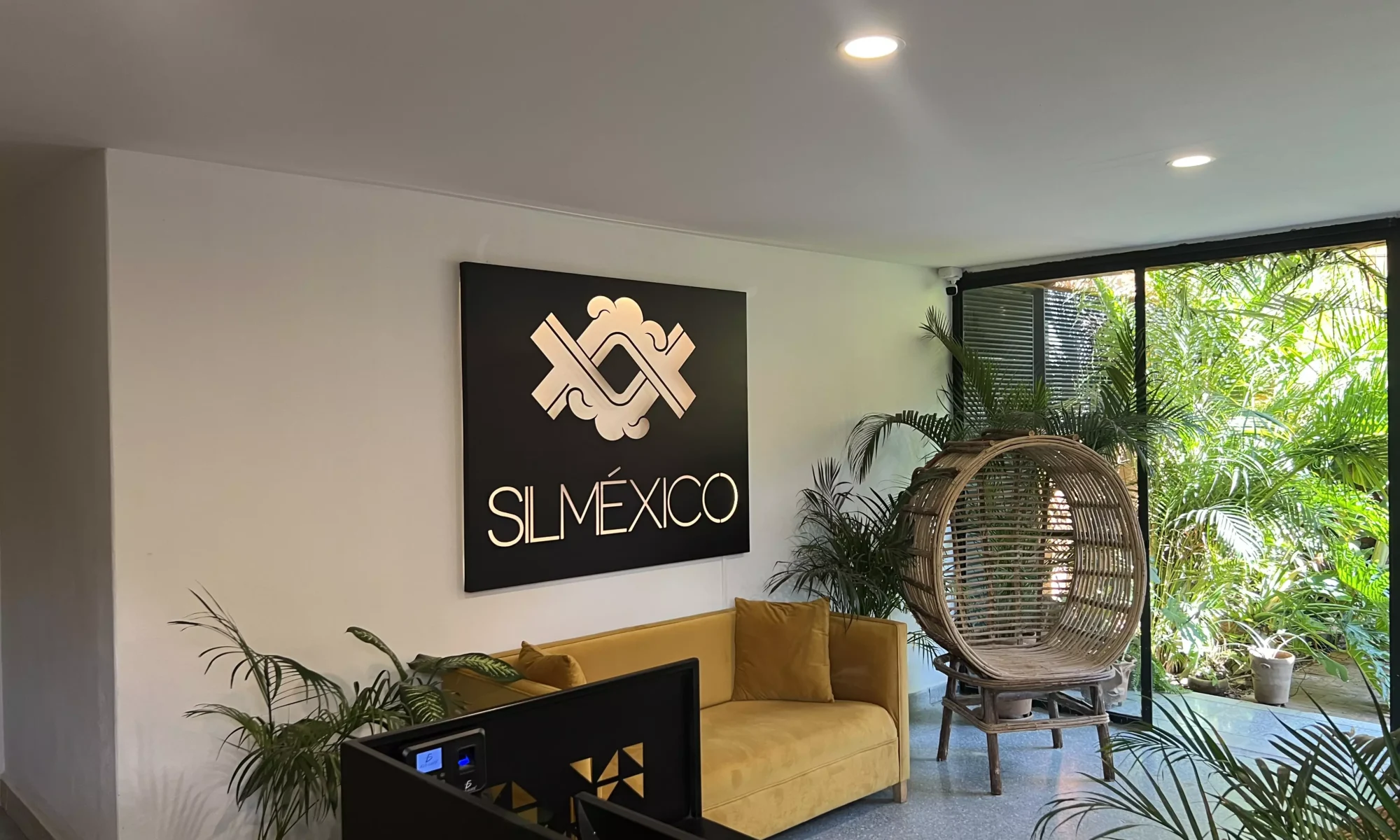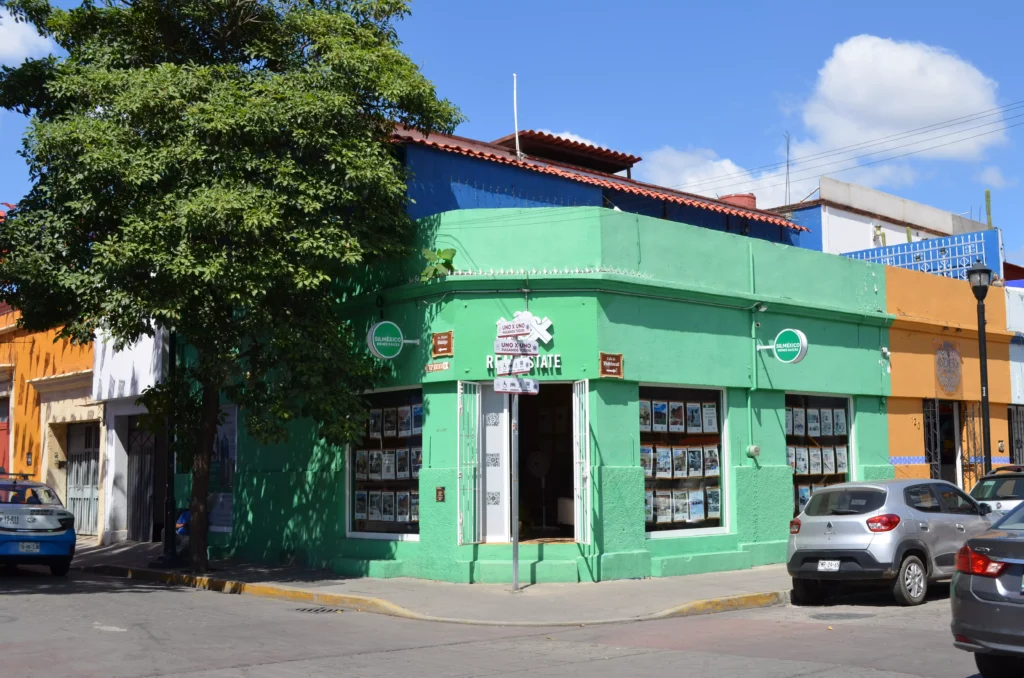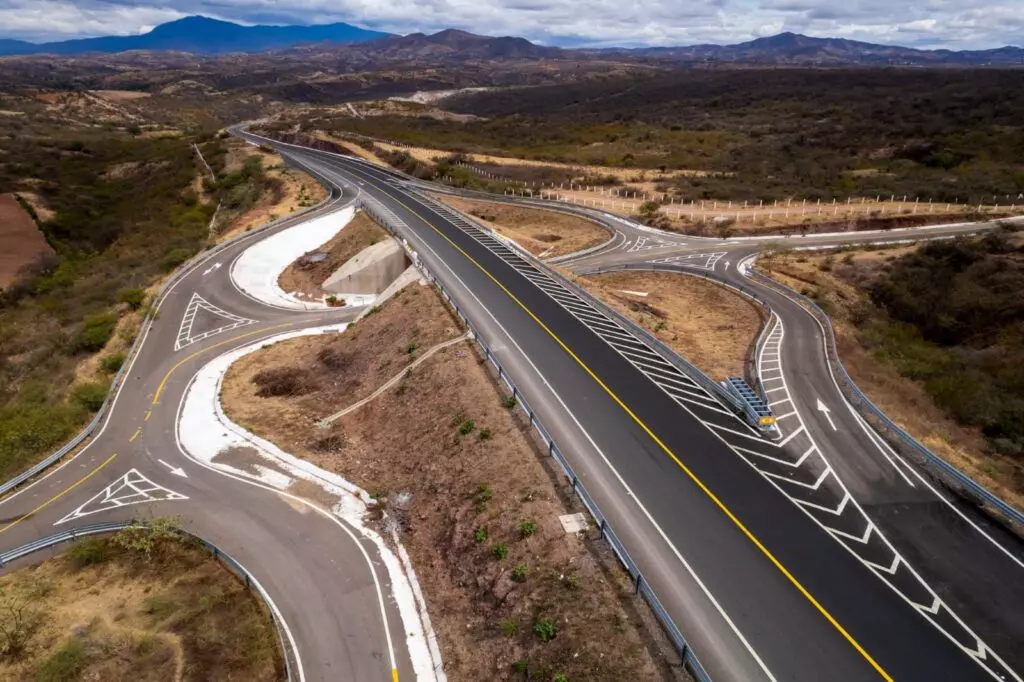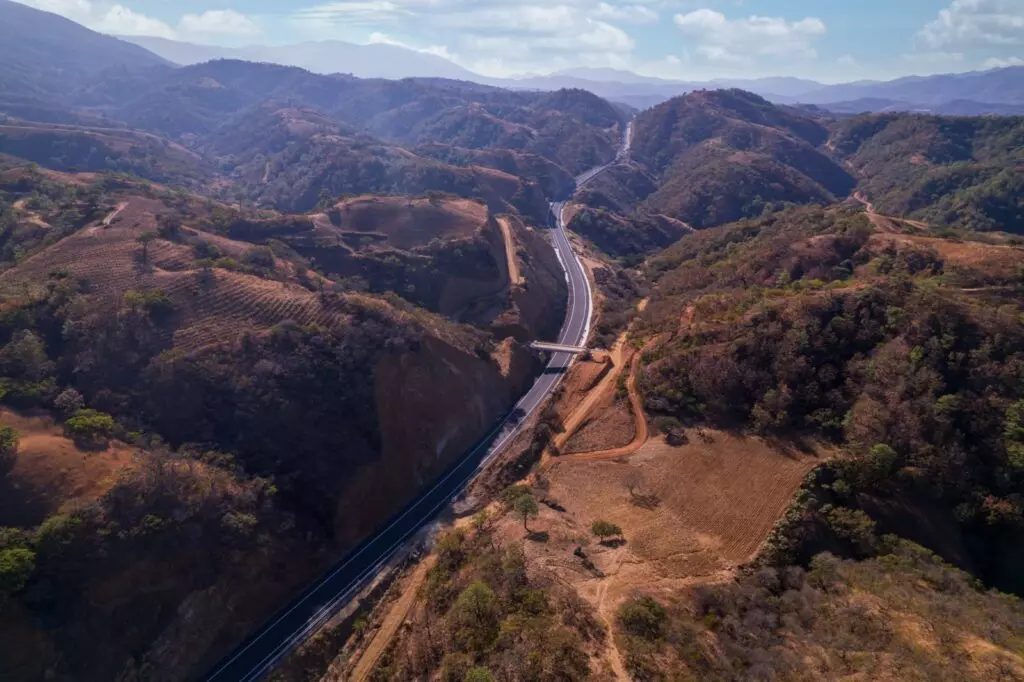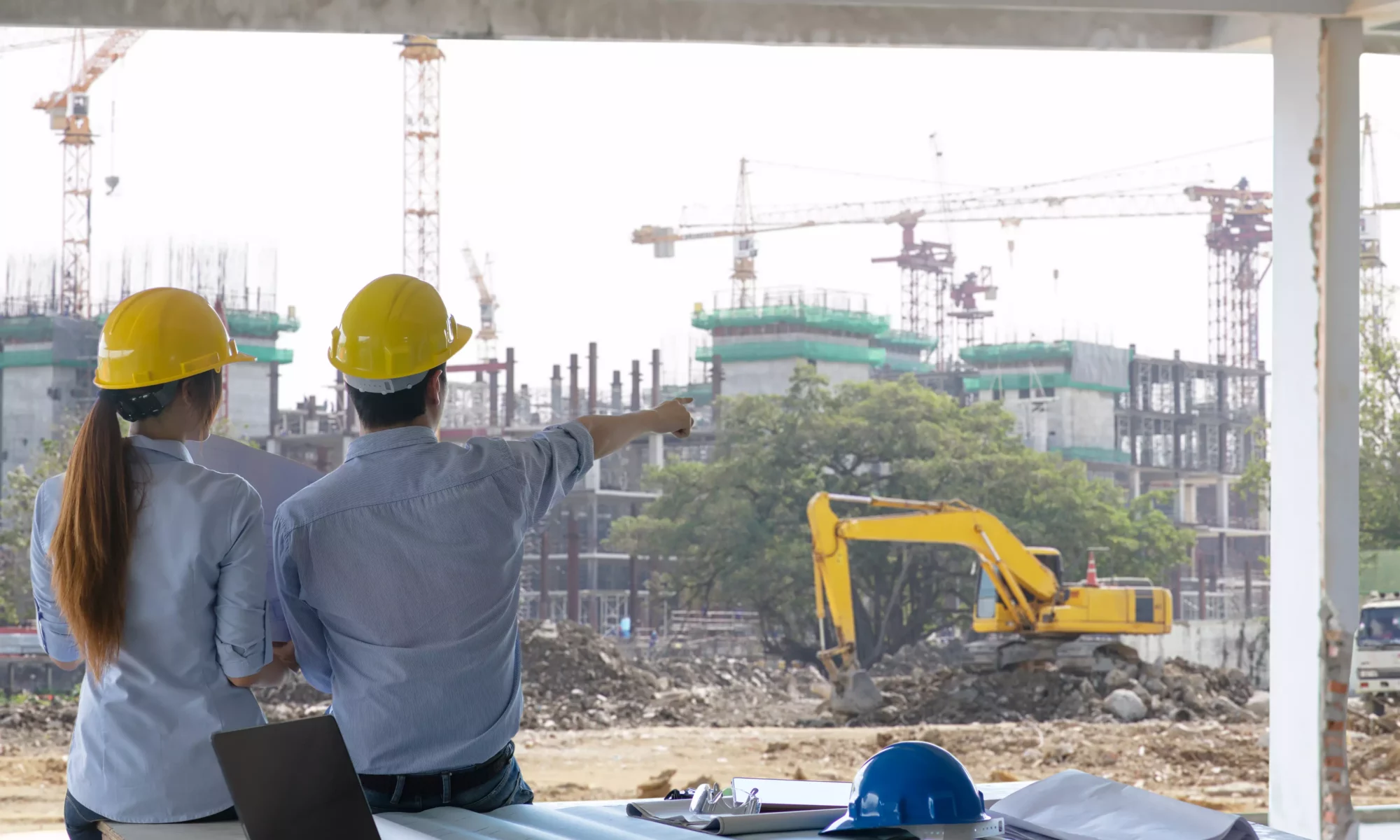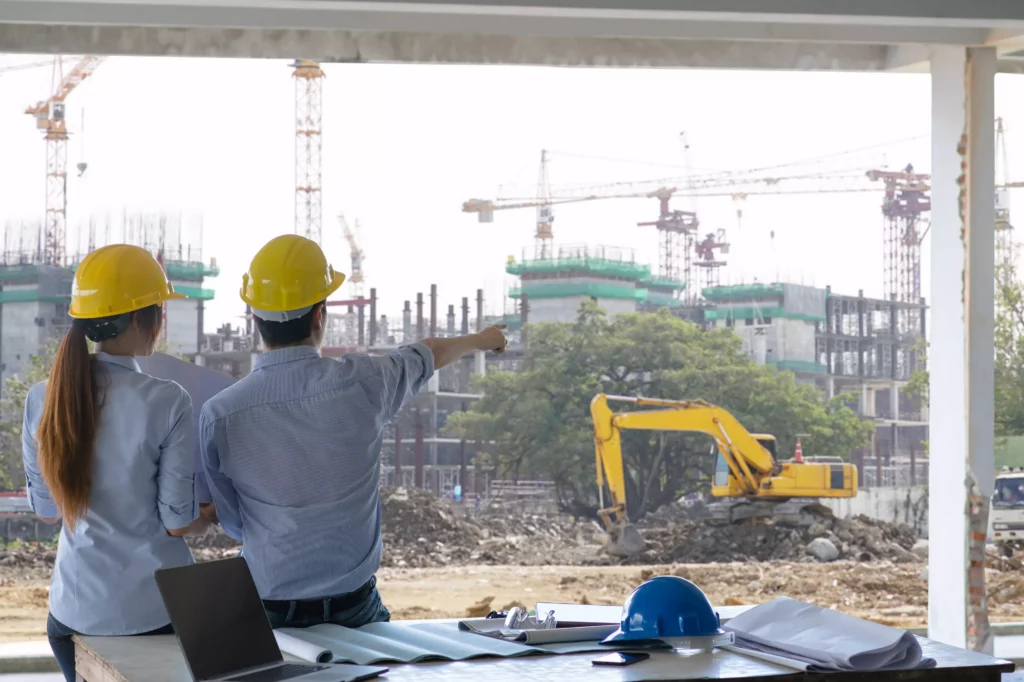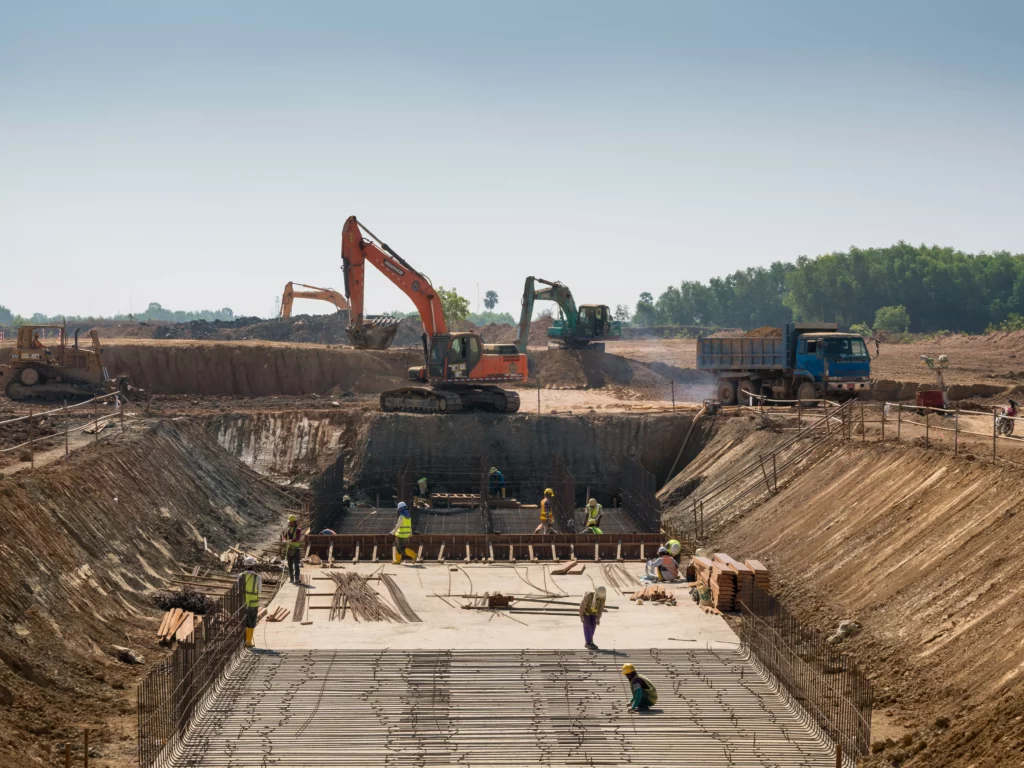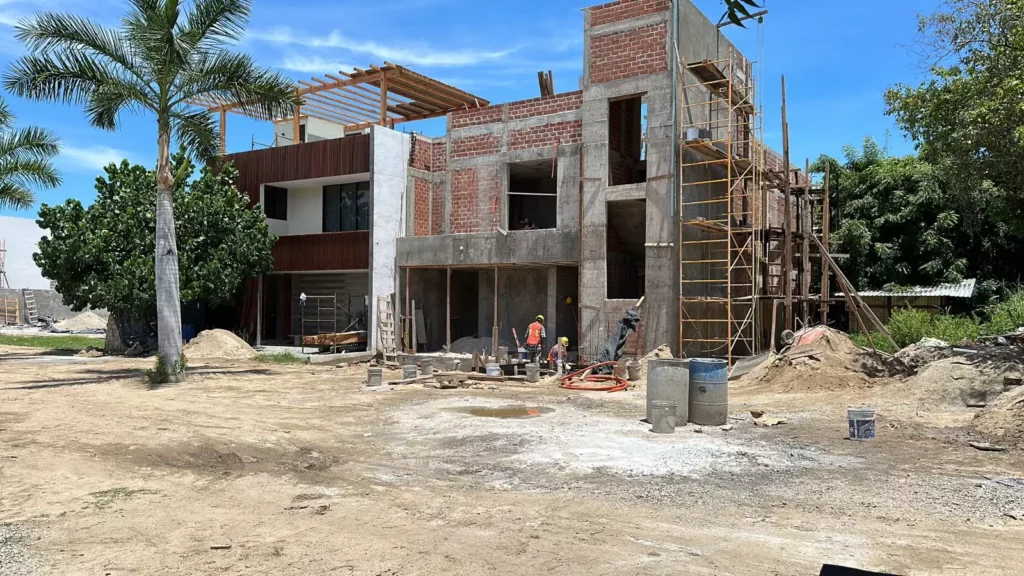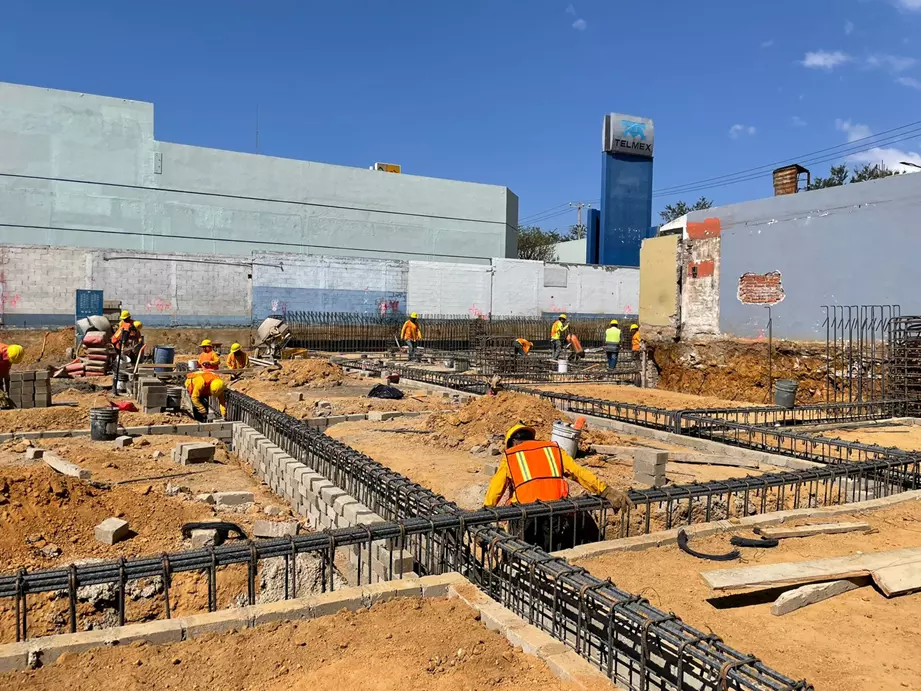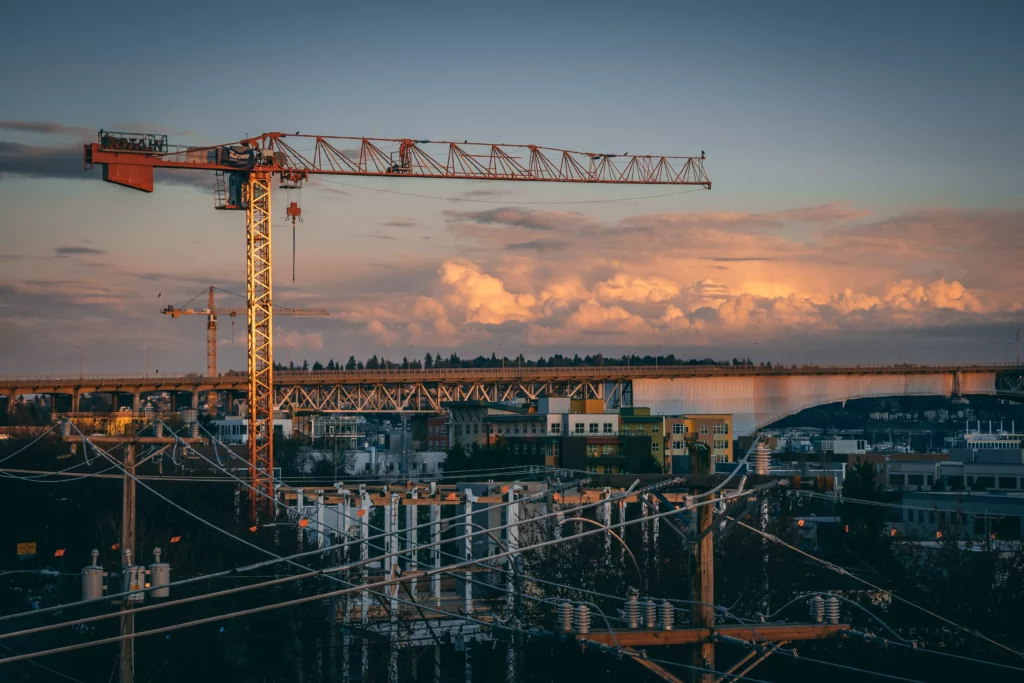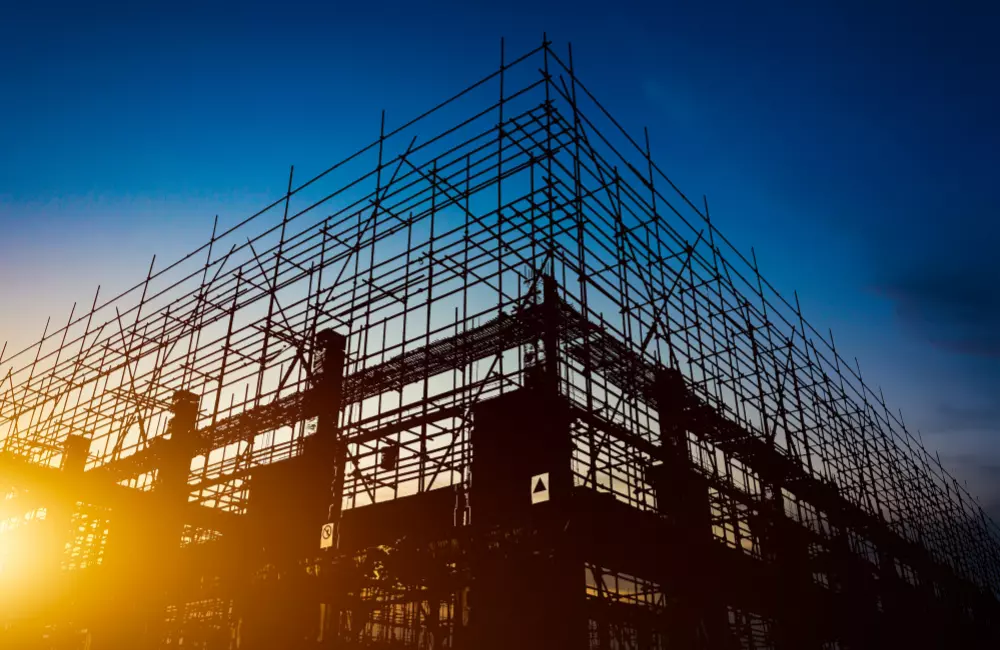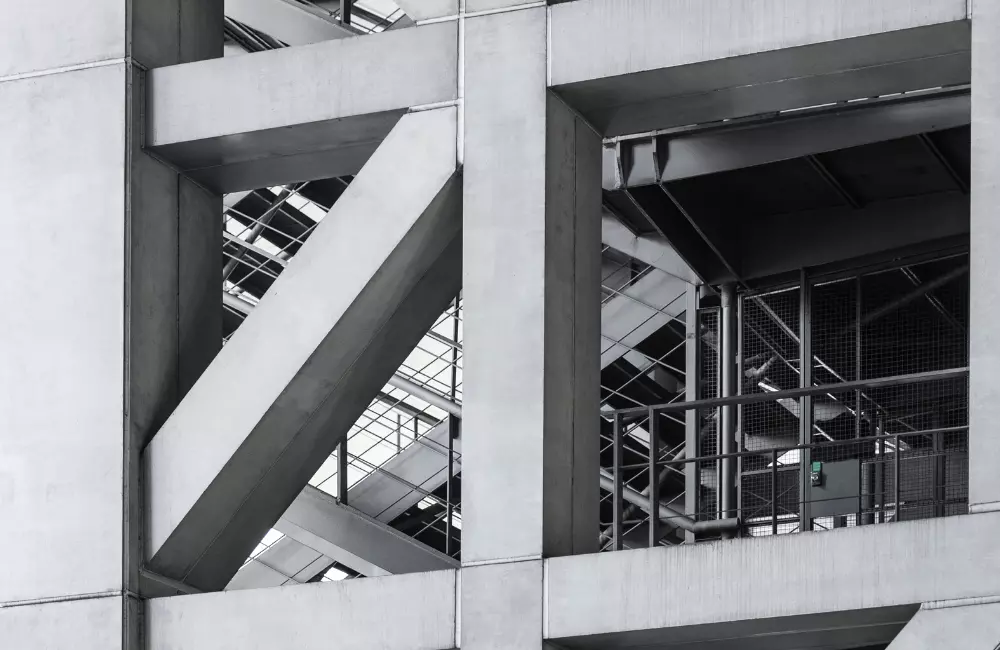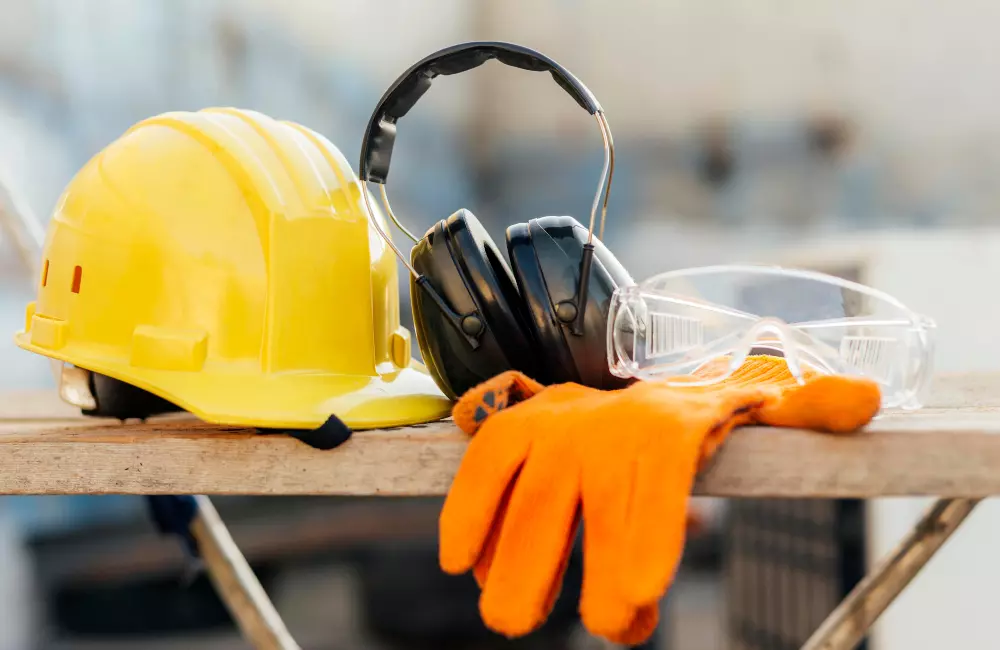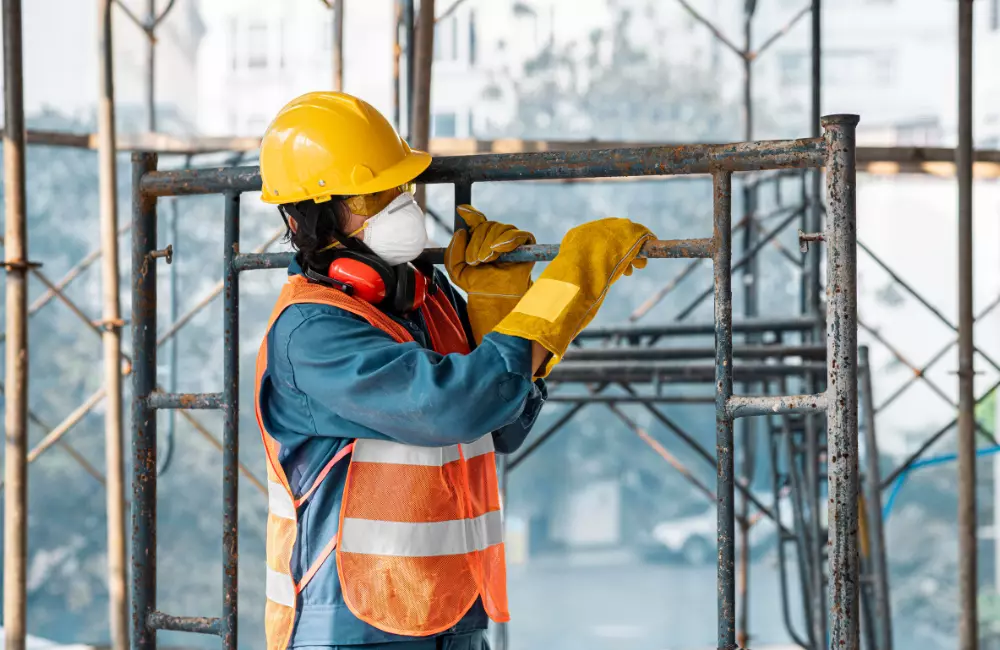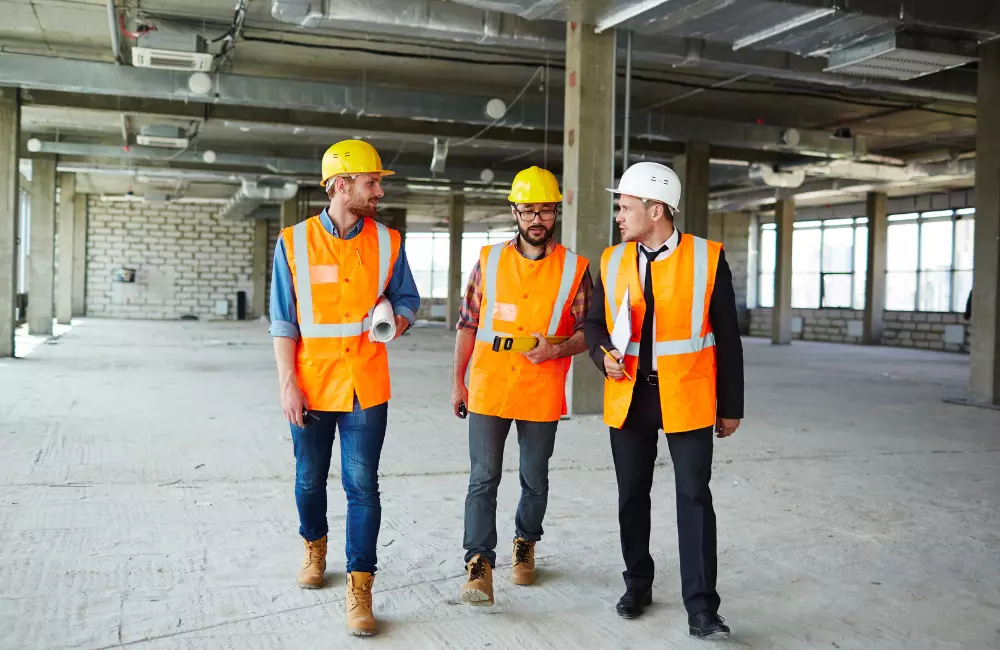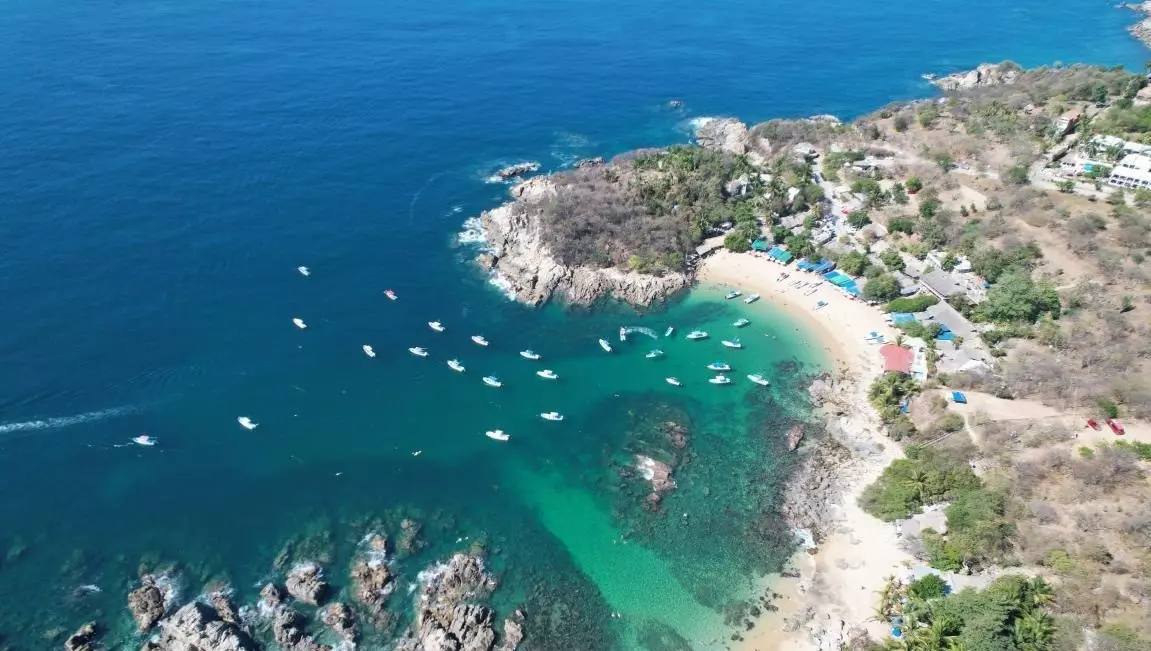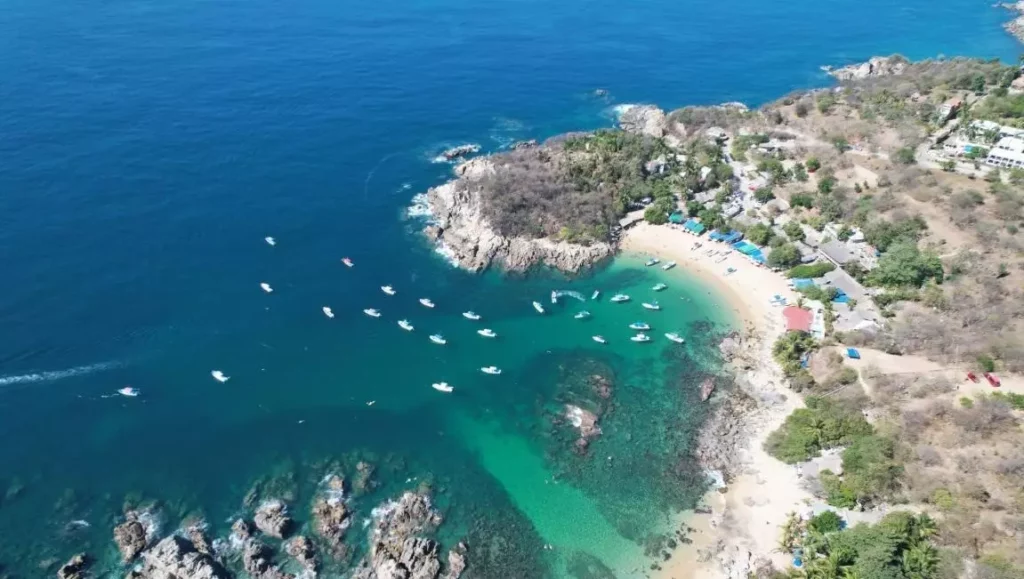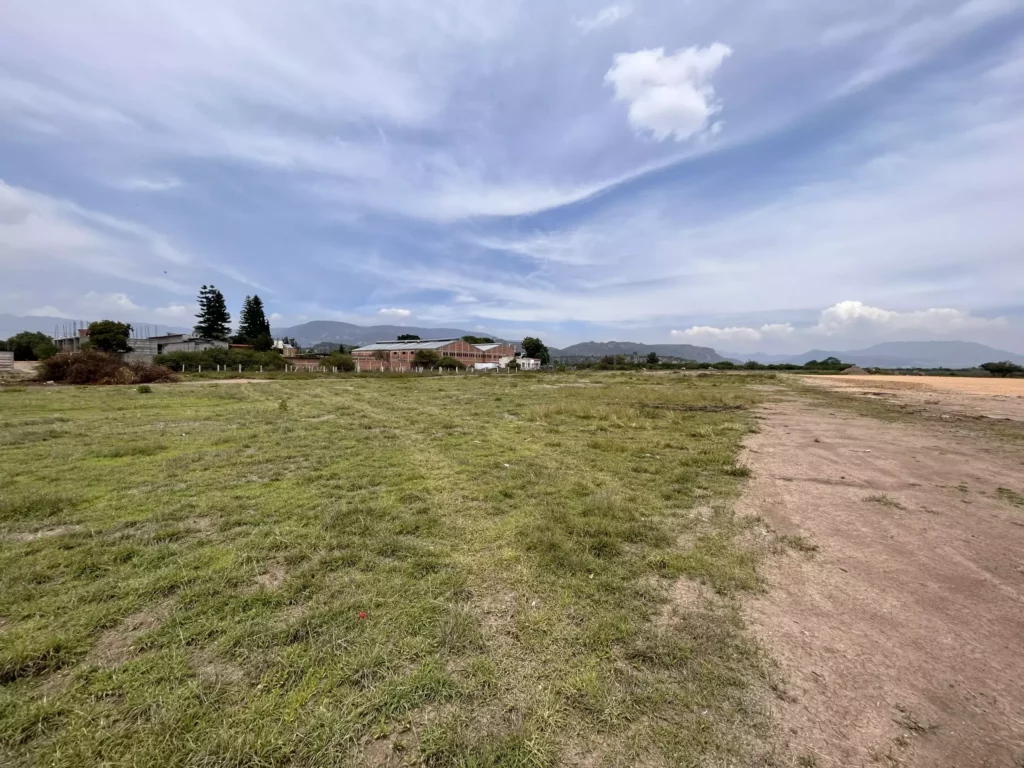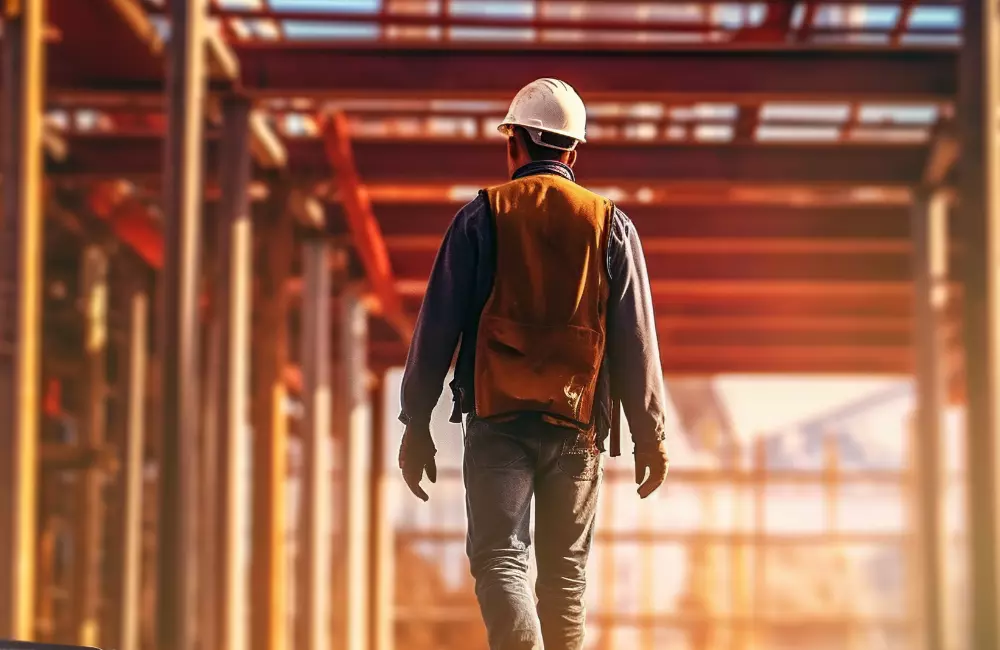
Mexico is a country rich in culture, customs, traditions, and has unmatched gastronomy among exceptional drinks and dishes. In addition, it has many cities that are a great tourist attraction for people from all over the world. This attraction, together with the peculiar, more relaxed lifestyle, generates in some people the desire to invest in property and start a life in this impressive country.
The above opens space to a very popular question: can I acquire property in Mexico as a foreigner? And the answer is yes. Foreigners can purchase property in Mexico, including beachfront properties. However, it is important to mention that there are certain areas considered “restricted zones”, which have some restrictions for foreigners and a trust is required to purchase.
The decision to purchase property in Mexico through a Mexican company or trust will depend on several factors, including your financial and personal objectives, as well as the specific regulations and restrictions in the area where you wish to purchase.
A trust (called a real estate trust or “bank trust”) is a common option for foreigners, especially in restricted areas, as it allows the acquisition of property with legal protections. However, a Mexican company can also be a viable option, depending on the legal and tax structure that best suits your needs.
Therefore, it is advisable to consult with a real estate expert or an attorney specialized in foreign property laws in Mexico to obtain personalized advice on which option would be ideal for you and your needs.
At SILMÉXICO we have a team of professionals who are experts in real estate, foreign property laws in Mexico and the incorporation of Mexican companies. Feel confident that we will advise you here to help you make the best investment decisions in Mexico.



